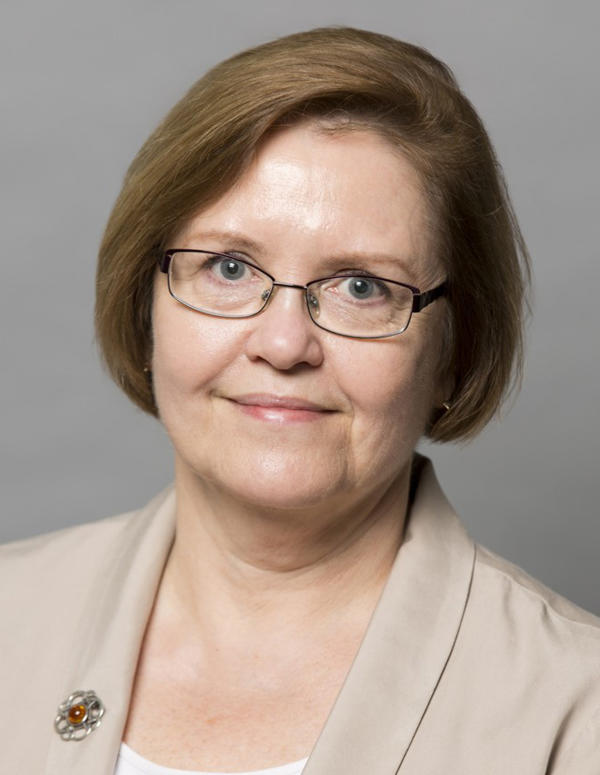NCI-MATCH: A Status Report and Future Directions
, by Barbara Conley, M.D.
In August 2015, NCI and the ECOG-ACRIN Cancer Research Group launched NCI-MATCH, the largest, first-of-its-kind precision medicine cancer clinical trial to date. As the trial has progressed, we felt it was a good time to bring the cancer community up to date on the status of NCI-MATCH and, importantly, our plans moving forward.
NCI-MATCH has two key parts. The first is a screening step (called Step 0), in which tumor samples undergo genomic screening to determine whether their tumors contain specific gene abnormalities (actionable mutations) that can be matched to FDA-approved or investigational drugs (or drug combinations) being studied in the trial.
The second part of the trial is the assignment of the patient to a treatment arm. Patients who have an actionable mutation identified from their genomic screening are further evaluated for eligibility to enroll in a treatment arm. NCI-MATCH launched with 10 treatment arms.
The trial’s goal is to determine whether treating patients with drugs or drug combinations that target the gene abnormalities believed to be driving their cancer, will shrink their cancer, regardless of the cancer type. Treatments that show promise in NCI-MATCH can then be advanced to larger, more definitive clinical trials.
On November 4, 2015, we temporarily paused enrollment of new patients in the trial’s screening process. This pause in enrollment is a pre-planned part of NCI-MATCH’s trial design and gives investigators a chance to analyze many facets of this study, prepare an interim analysis, and make any necessary refinements to the trial. Patients who are currently being treated on one of the NCI-MATCH arms are continuing to receive their assigned therapy.
The launch of NCI-MATCH last August was met with strong support and anticipation by researchers, clinicians, advocates, and patients. Indeed, the pace of patient enrollment rapidly exceeded the trial leadership’s expectations. When the trial pause went into effect in early November—less than 3 months after it was launched—nearly 800 patients had registered for screening.
Because our experience to date is leading to some modifications in the trial, the pause in enrollment to the screening step is expected to continue until all of these changes are implemented. We expect to resume enrollment of new patients by May 2016.
The ongoing interim analysis, results from which will be publicly presented in early spring, will include data on:
- the diversity of cancer types (common and rare) among patients who have enrolled in the trial
- patients with a mutation that matches to one of the 10 available treatments versus those with no match
- the estimated proportion of patients who may have a mutation that matches to one of the 22 to 24 treatment arms, once all arms become available
- the type and quality of tumor samples submitted by the institutions enrolling patients in the trial
- the performance and turnaround time of the four laboratories supporting the trial with sample processing and genomic testing
The interim analysis will provide a snapshot of how this ambitious trial unfolded and will help the trial leadership make necessary refinements. Already we are making important changes to NCI-MATCH.
Our expectation is that the rapid pace of new patient enrollment will continue once the pause is lifted, and NCI-MATCH leadership feels it is clear that an increase in laboratory capacity is required to meet the demand. We are now expanding laboratory capabilities by adding staff to process tumor samples and upgrading the technology used to screen tumor samples.
We will also be opening 12 to 14 additional treatment arms, with the expectation of having as many as 22 to 24 arms open by May 2016. The pause in new patient enrollment until laboratory capabilities are in place and these new arms are open ensures that patients have the greatest opportunity to match to one of the available treatment arms.
As NCI-MATCH progresses, I and the other study chairs—Alice Chen, M.D., Keith Flaherty, M.D., Stanley Hamilton, M.D., Peter O’Dwyer, M.D., and Mickey Williams, Ph.D.—will continue to keep the community up to date about this important study that is helping us to advance the science of cancer precision medicine by establishing a strong evidence base to guide future cancer precision medicine trials.
